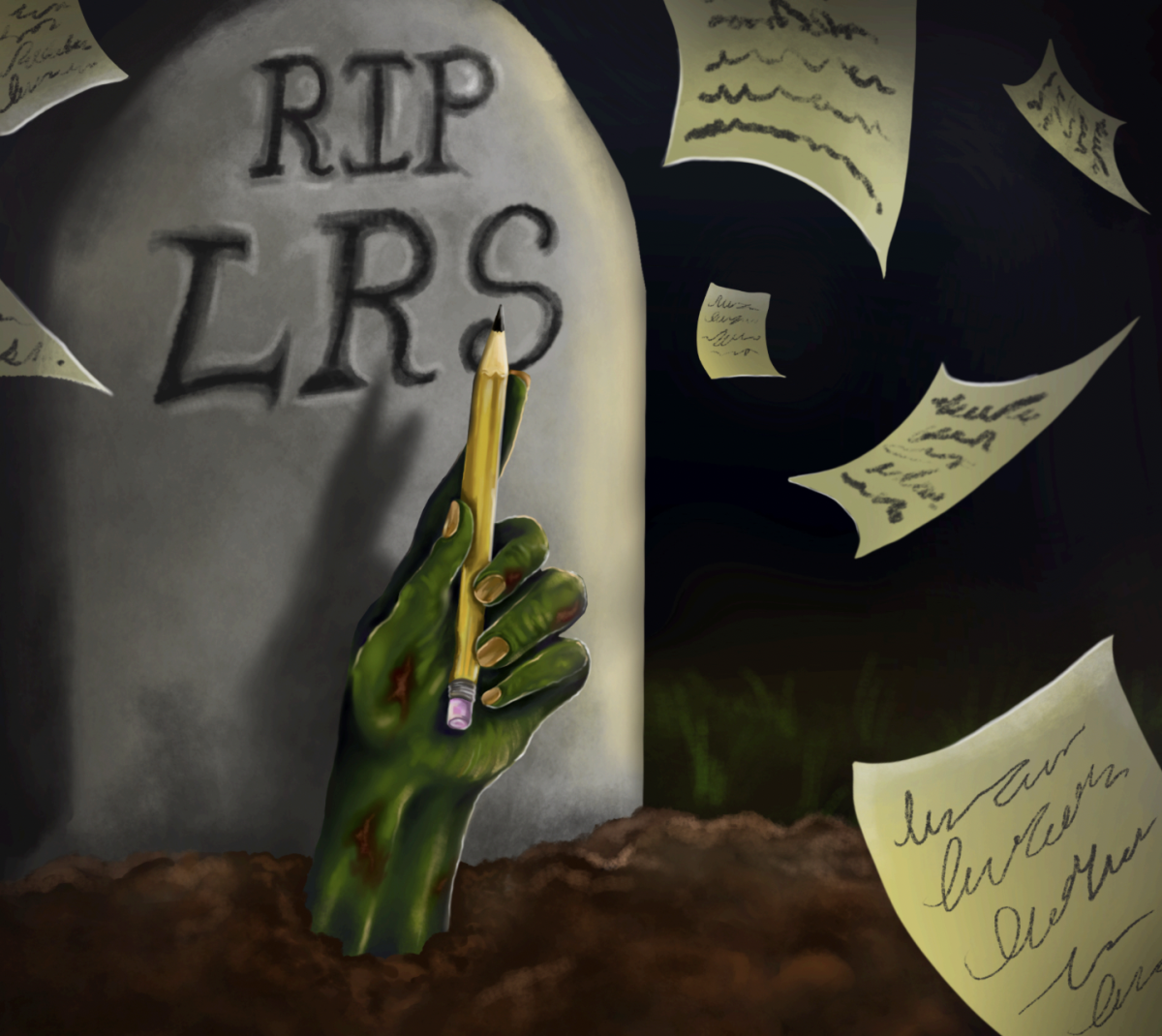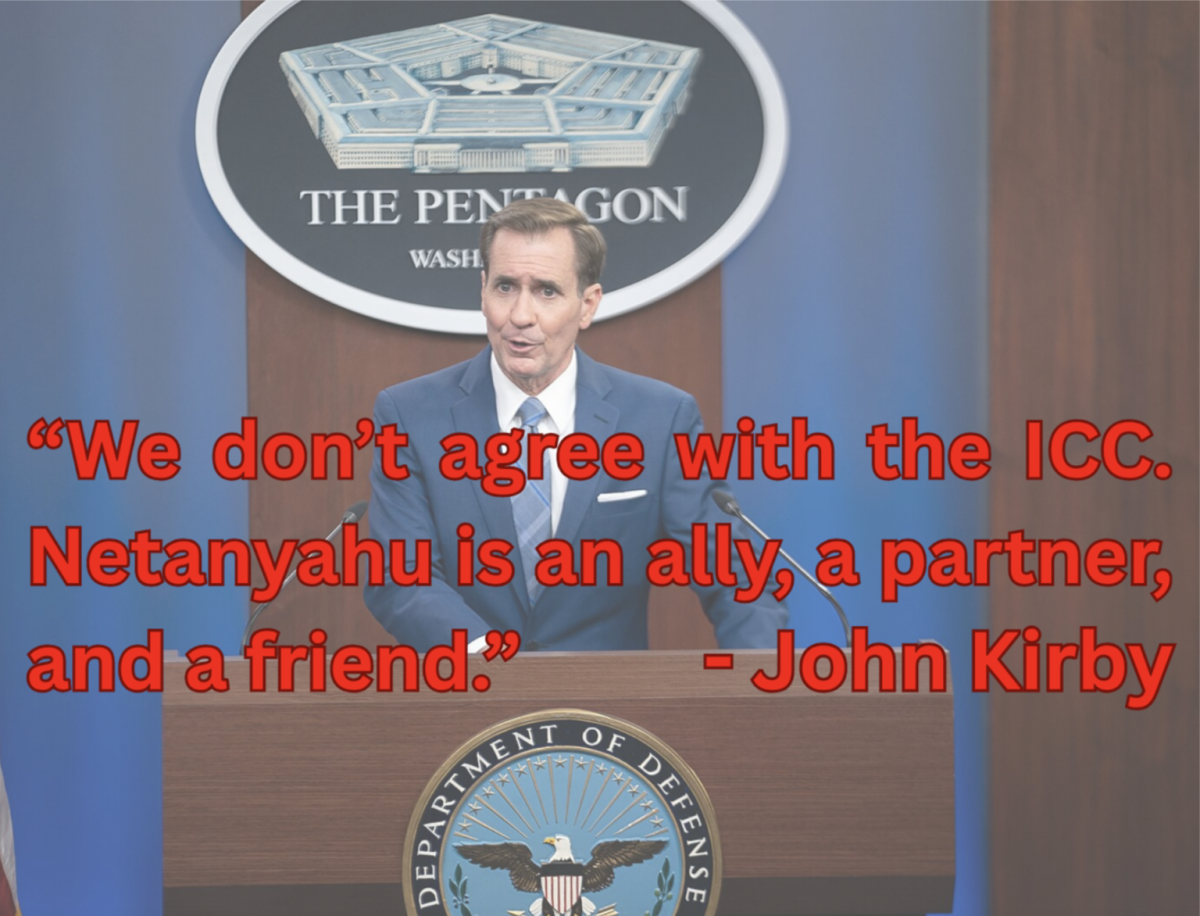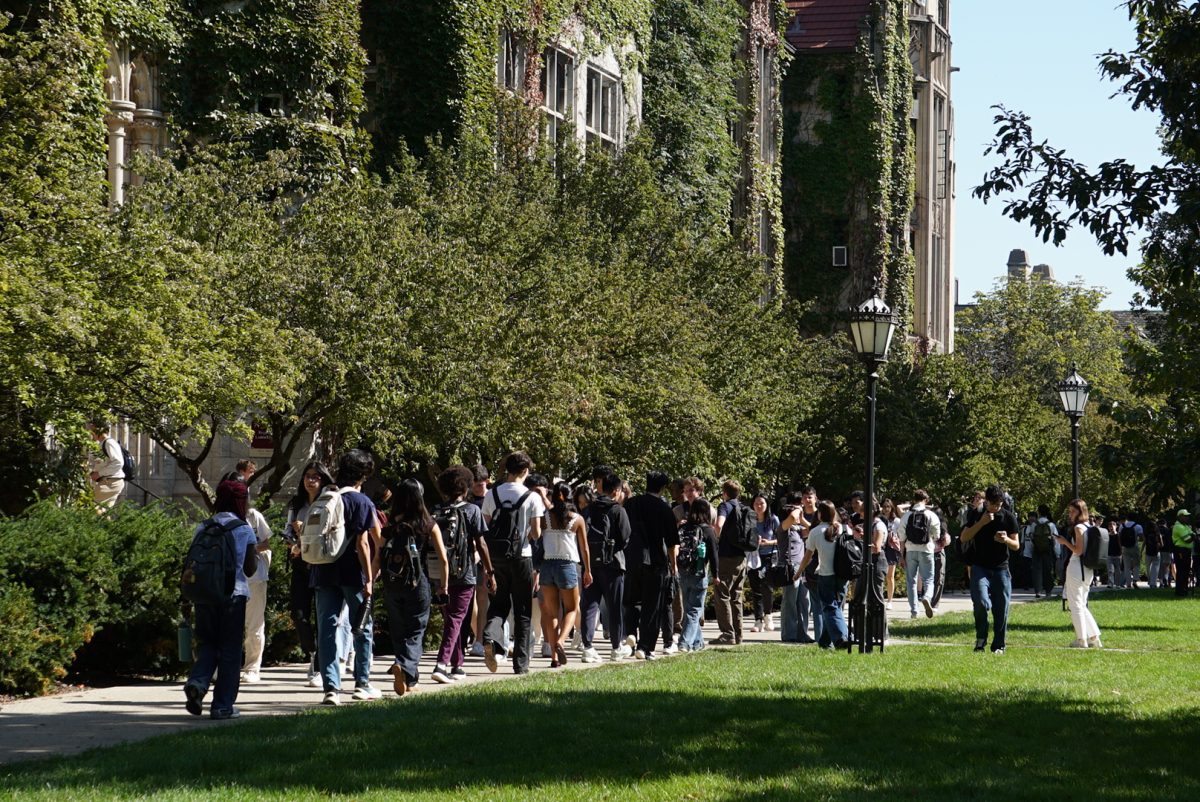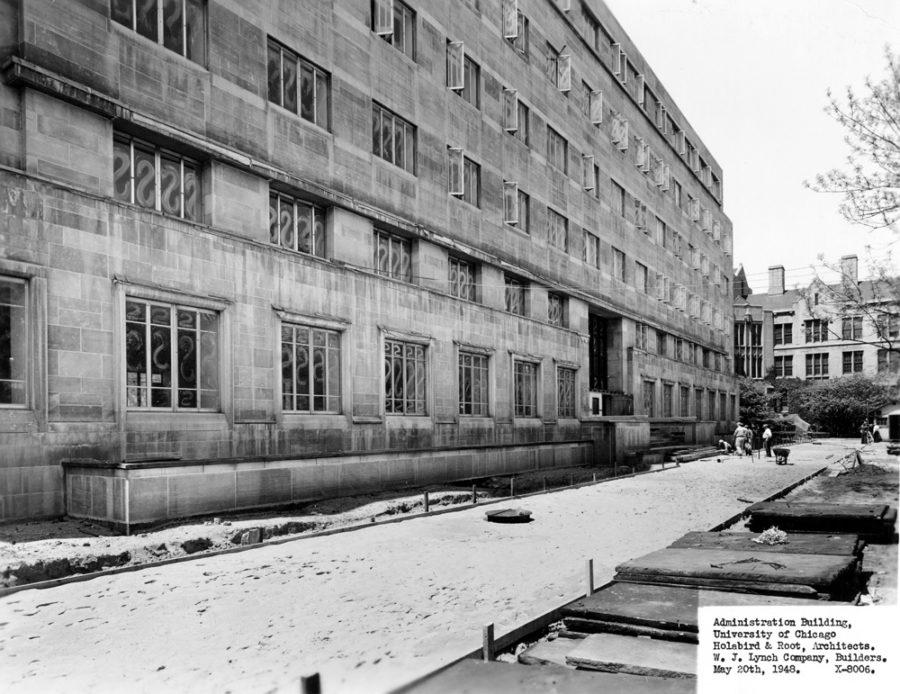Apparently, it’s a bad time to be in the coffee business. The Cafe Siena on 55th closed altogether. Meanwhile, the Seattle Coffee Company (Seattle’s Best and Torrefazionne) were recently acquired by Starbucks. I miss the Cafe Siena, though it’s no more than a minor personal lament. I was never more than an occasional customer, and when I went, I would only buy a single shot of espresso and sit for hours with a stack of books. In short, I’m the reason that it closed. Because I love espresso. Because I’m taken by the charm of sitting there at a cafe.
It isn’t as if the espresso there was all that great, but at least they tried. The coffee shops on campus, even the ones that have espresso machines, make watery, sour espresso lacking in character. I don’t blame them. Nobody makes a fortune pulling good shots of espresso, at best it’s a macchiato of machismo, a point of pride. All the charm in espresso disappears within the first few seconds, and whatever is left of that charm (and everything else about it) is covered by the milk and sugar that get added to it.
One of those things you discover when you work at Starbucks is that it’s not about the coffee at all. Coffee is just the symbol for it. One would think that if coffee were one thing, it is a very convenient medium for caffeine consumption (after all, it is relatively concentrated and has the advantage of not being Mountain Dew or a pill), although the picture is more complicated than that. A major factor in the consumption of coffee is the placebo effect combined with Pavlovian training. The bitter, sour taste of coffee is an essential ingredient in its success. There are those people, on doctor’s orders not to drink any caffeine, who cannot function without that first morning cup of decaf.
Coffee, as much as Protestantism, is part of America’s work ethic. It has been said that the Industrial Revolution came about when people started getting wired on coffee instead of drunk on beer. Coffee is the second fuel of the modern industrial world, right after crude oil. This fact is reflected in their respective trading volumes on commodities exchanges. Starbucks’ marketing success draws on that importance of coffee in American culture. The marketers invite the public to indulge in coffee beverages that have been flipped on their heads–with enough milk and sugar so that anyone can drink and enjoy it. Americans are thus allowed to indulge in their own hard work. The very fuel of modern post-industrial production becomes itself the reward.
At work, one of my partners was offended when I told him about suburban branches with drive-through windows. He said it was somehow against the Starbucks spirit to do that. As if the paper cups and plastic lids were all about sitting down to a cup of coffee and a pile of books. So it appears that people actually buy that third place propaganda. Sure, Starbucks is a place away from home and away from work where people gather, but that’s not what people are there for. The hole that Starbucks fills is the myth of the friendly stranger. Before “never take candy from strangers” was “Zeus is the god of strangers,” but that all ended with needles in Pepsi cans. The Starbucks experience really is an acceptable form of taking candy from strangers. The strangers happen to be clean cut and dressed in green aprons, but they smile kindly as the customers fork over $4.99 for a nonalcoholic drink (Triple Venti White Chocolate Mocha).








